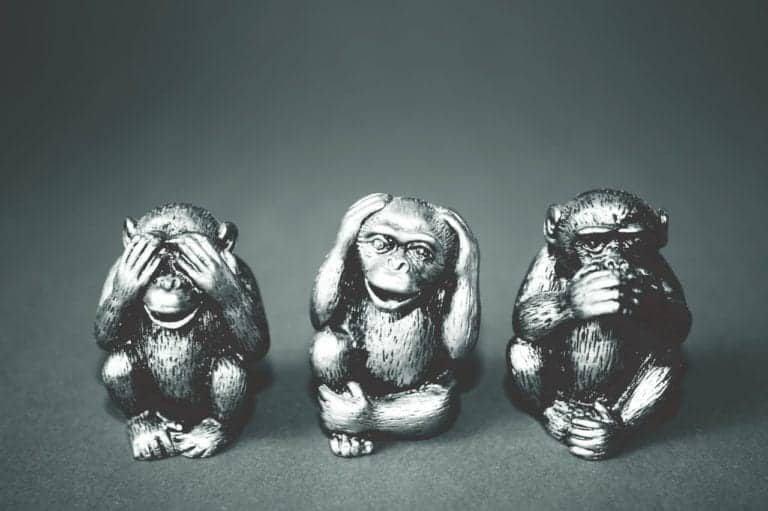One’s relationship with their parents during childhood has an overarching influence on social, intimate relationships in the future. It can even impact relationships at work.
The ‘attachment theory’ in psychology goes all the way back to the 1950s and was formulated by British psychologist John Bowlby and U.S. psychologist Mary Ainsworth. It seeks to answer the question why people interact in relationships the way that they do, whether they’re anxious, insecure, clingy or indifferent.
Below, we’ll explore the four different ‘attachment styles’. We’ll look at how they are formed, how it can affect your relationships, and what you can do about your own attachment style.
What are attachment styles?
An attachment style is a way that a person relates to another person. According to the theory, it develops in early childhood in response to our relationship with the first people who care for us, whether that be our parents or other caregivers. This includes how we respond to others emotionally and our behaviour with them.
How do attachment styles affect adult relationships?
Your attachment style developed as an infant will determine precisely how you feel and act around other people as an adult, according to attachment theory. This doesn’t just mean relationships with partners, but also friends or family. No matter what kind of person you are, it’s basic human nature to seek love, support and comfort in relationships with other people. Relationships are key to our survival and reproduction. This is rooted in human evolution.
The need to ‘belong’ is strong. But how our behaviours with our peers unfold is more complicated that it initially might seem.
What are the four attachment styles?
The four attachment styles are secure, anxious, avoidant and disorganised. We’ll explain what all this means in more detail below.
Secure attachment
A secure attachment style is one where you can form secure, loving and intimate relationships with other people easily. You can trust others and people can trust you. You can love, be loved and generally get close to other people pretty effortlessly. You’re fairly independent, but also have the confidence to depend on other people too.
Anxious attachment
An anxious attachment style is commonly known as being ‘needy’. You’re insecure about the relationships you have with others and have a strong fear that people will abandon you. You’re seeking validation often, and you think your partner doesn’t care that much about you.
Avoidant attachment
The avoidant attachment stye (also known as dismissive-avoidant) is where you, quite literally, avoid intimacy (because you fear it). You can’t seem to trust people and struggle to get close to them. Relationships make you feel like you’re in a bind. You try and rely on yourself as much as you can and can be indifferent to others.
Disorganised attachment
A disorganised attachment style is where you desire affection a lot, but you also want to avoid it. This is also known as a fearful-avoidant attachment style. You want to feel loved but are scared of loving someone closely. This is not a thoroughly researched attachment style. However, it is known to be connected to a general difficulty in regulating your emotions.
What is your attachment style?
Are you looking to learn more about how your attachment style is affecting the relationships with people you love? Our relationship counselling in Melbourne can help you walk you through it step-by-step.
They will ask you a list of questions and talk through any issues you may be facing when interacting with those who are closest to you.
At Safe Place Therapy we have experienced relationship counsellors. They can help you identify your attachment style. Furthermore, they can discuss with you how to fix an anxious one, and develop secure relationships with the people in your life.
We offer therapy sessions at our clinic in Melbourne, as well as online via Telehealth.
Book a session today or reach out to us if you have any queries.



